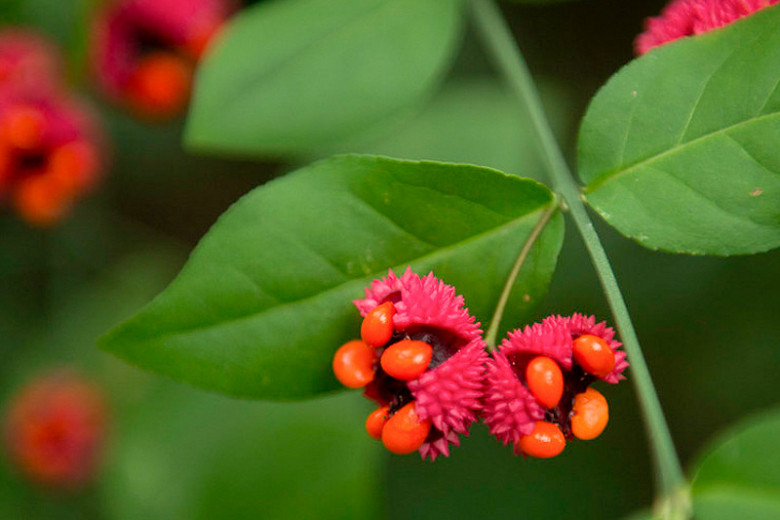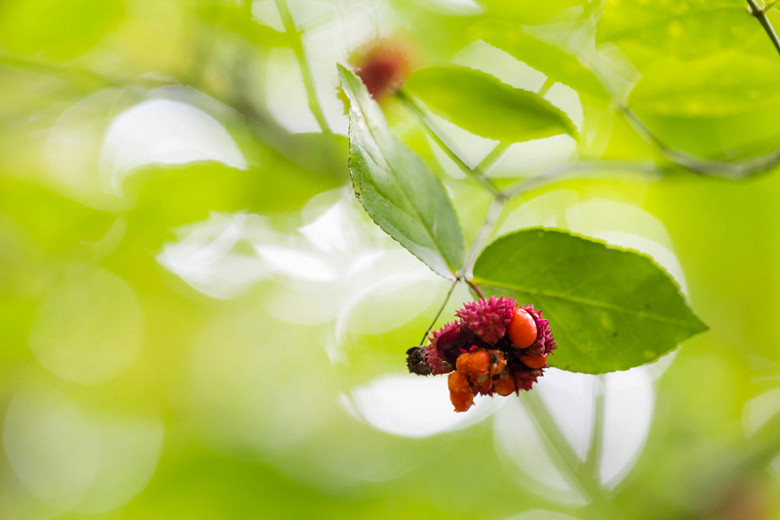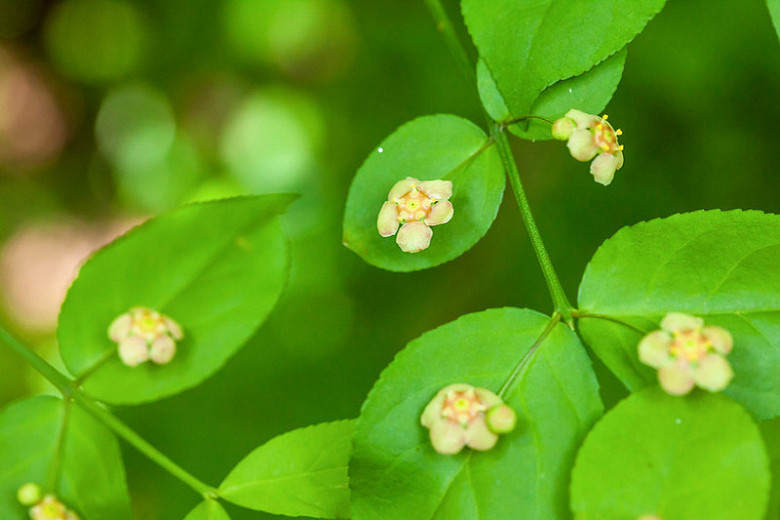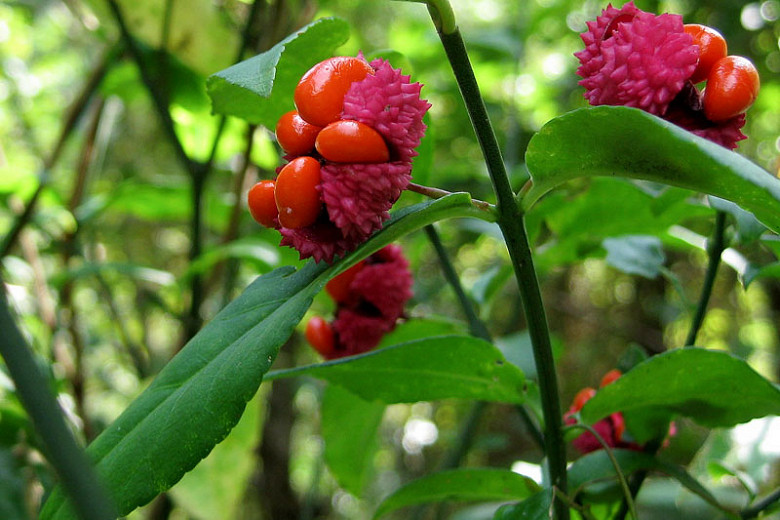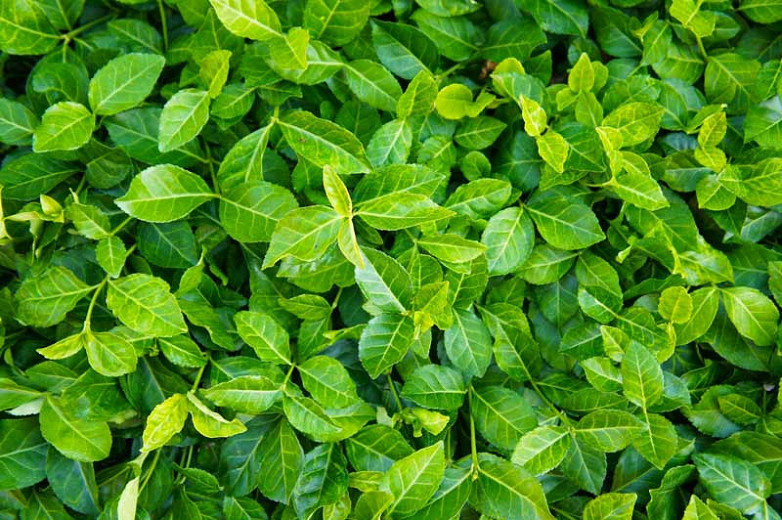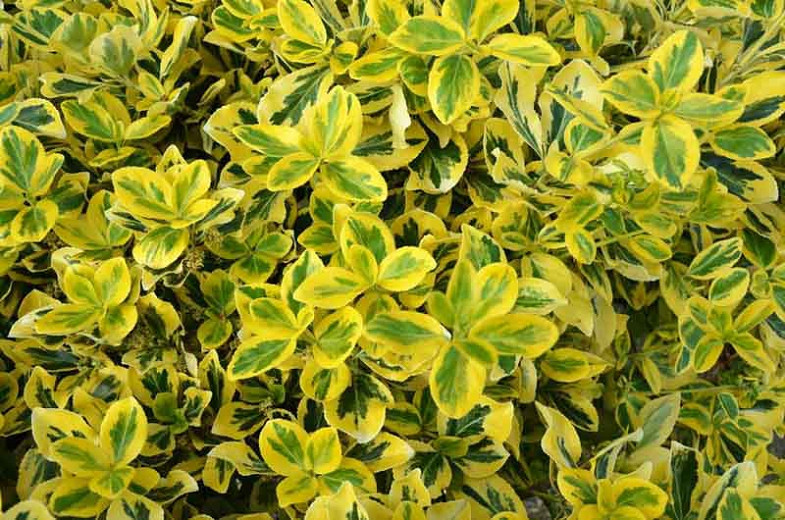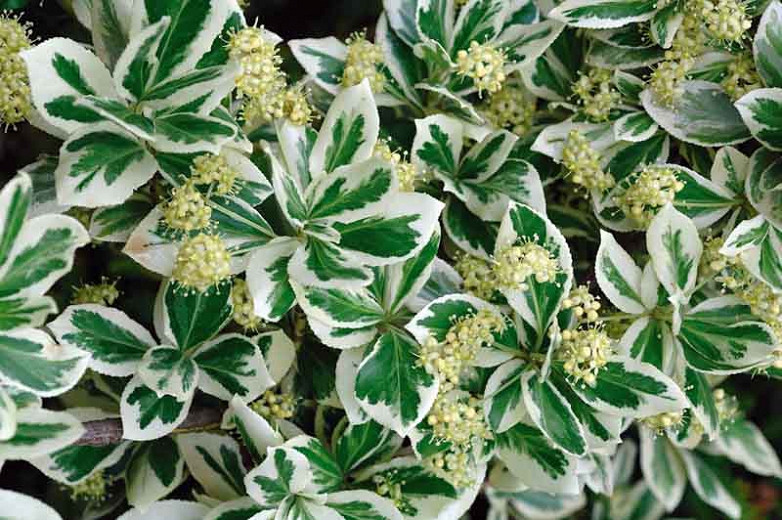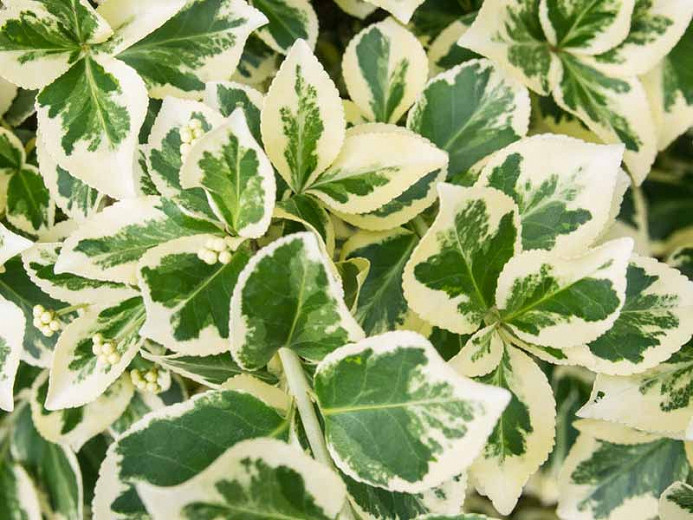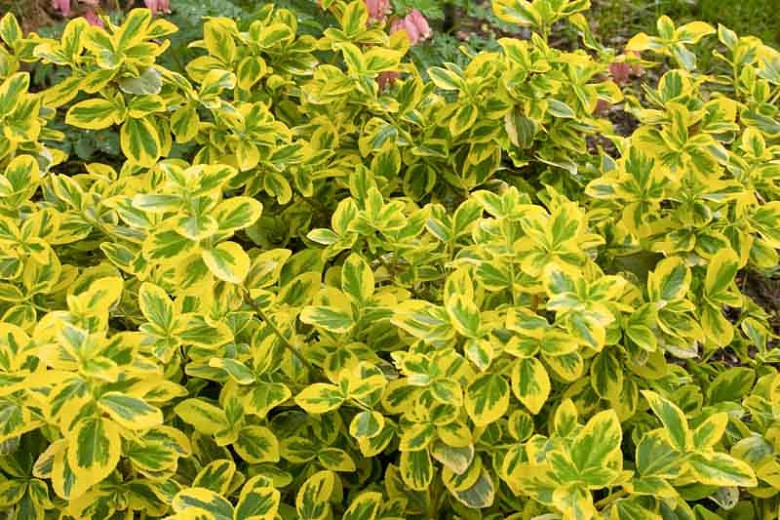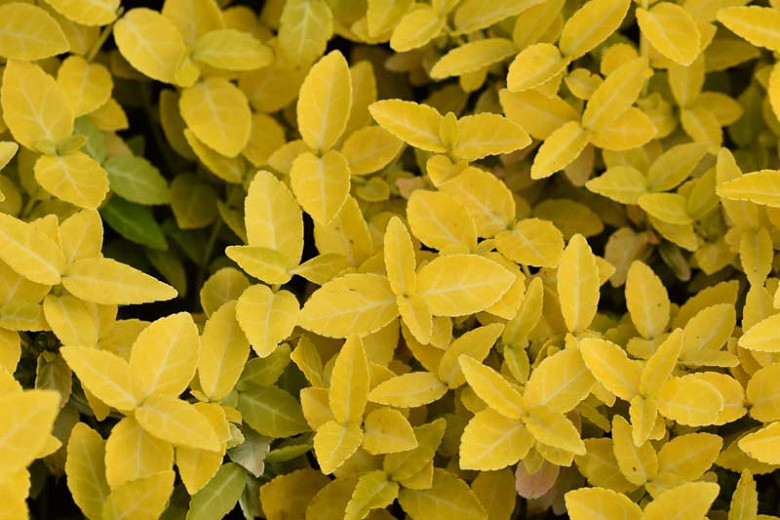Euonymus americanus (American Strawberry Bush)
Noted for its very ornamental fruits and attractive fall color, Euonymus americanus (American Strawberry Bush) is an airy, deciduous shrub with slender stems bearing opposite, lance-shaped, bright green leaves, 2 in. long (5 cm). The foliage turns subtle shades of orange-red in the fall. In late spring to early summer, a profusion of tiny, pale green flowers with 5 clawed petals and purple stamens bloom from the leaf axils. Fairly inconspicuous, they are replaced by very showy, 5-lobed warty seed capsules that mature during the fall and become pinkish-red. Dangling on slender peduncles, each seed capsule splits open to reveal pea-sized, bright orange-red berries. They are very attractive to birds and small mammals and are a great source of fat and sugar for these animals. The angular stems remain green through the winter and will become flushed with purple when exposed to sunlight. Native to the eastern United States, American Strawberry Bush occurs naturally on wooded slopes, moist understory forest areas, low sandy woods, ravines and streambanks. It reseeds freely in moist locations and tends to sucker from the roots to form thickets. Adding a bold splash of color in the fall, American Strawberry Bush is a good shrub for naturalizing.
- Grows up to 4-6 ft. tall and wide (120-180 cm).
- Performs best in part shade in moist, well-drained soils. While full shade is tolerated, the best fruit production generally occurs in light shade.
- Great for woodland gardens, naturalized areas, foundation plantings, as an informal hedge or as a specimen plant.
- No serious pest or disease issues. Keep an eye out for euonymus scale, mites, leaf miner, aphids, mealybugs and crown gall. Deer and rabbits feast on the foliage of this plant.
- Propagate by semi-hardwood cuttings taken in fall.
- Native to the eastern United States.
- all parts of this plant are poisonous if consumed by humans, but are safe for wildlife.
Requirements
| Hardiness | 6 – 9 |
|---|---|
| Climate Zones | 3, 3B, 4, 5, 6, 7, 8, 9, 14, 15, 16, 17 |
| Plant Type | Shrubs |
| Plant Family | Euonymus |
| Exposure | Partial Sun |
| Season of Interest | Spring (Late)Summer (Early,Late)Fall |
| Height | 4' – 6' (120cm – 180cm) |
| Spread | 4' – 6' (120cm – 180cm) |
| Spacing | 48″ – 72″ (120cm – 180cm) |
| Water Needs | Average |
| Maintenance | Low |
| Soil Type | Clay, Loam, Sand |
| Soil pH | Acid, Alkaline, Neutral |
| Soil Drainage | Moist but Well-Drained, Well-Drained |
| Characteristics | Showy, Fruit & Berries |
| Native Plants | United States, Midwest, Illinois, Indiana, Missouri, Ohio, Northeast, Delaware, Maryland, New Jersey, New York, Pennsylvania, Southeast, Alabama, Arkansas, Florida, Georgia, Kentucky, Louisiana, Mississippi, North Carolina, South Carolina, Tennessee, Virginia, West Virginia, Southwest, Oklahoma, Texas |
| Tolerance | Clay Soil |
| Attracts | Birds |
| Garden Uses | Hedges and Screens |
| Garden Styles | Informal and Cottage, Prairie and Meadow |
